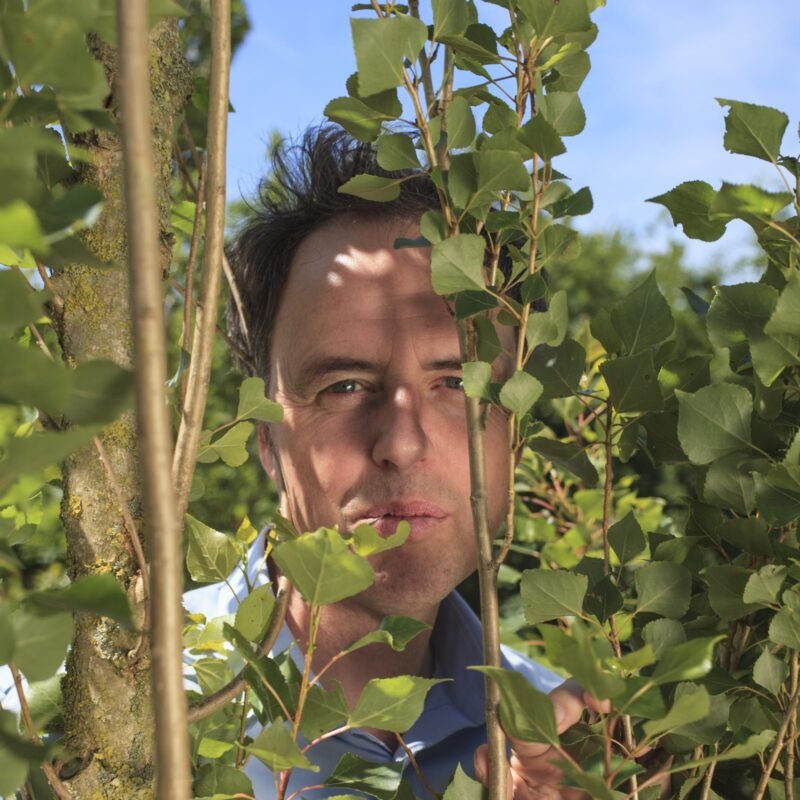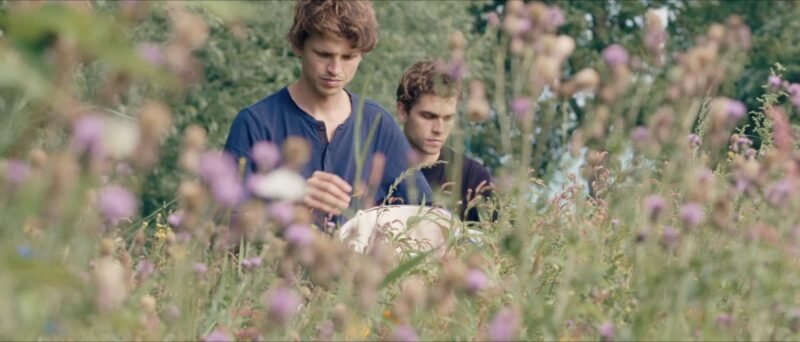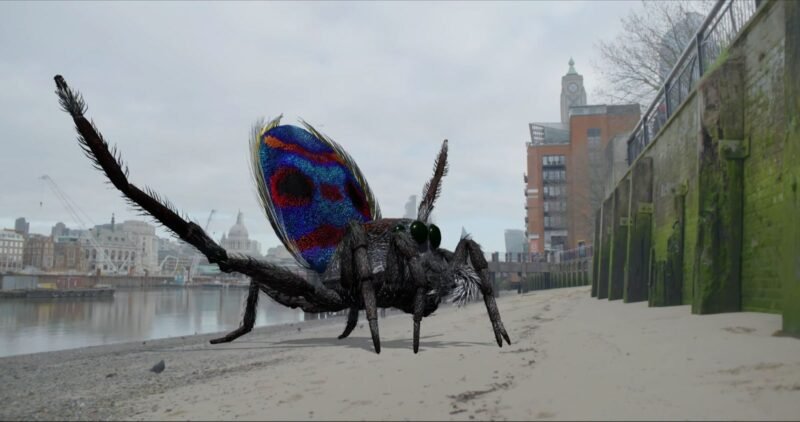#IABR — ZIP Code Honey: The Taste Of Local Flowers
We came across a nice project called ‘Postcode Honing’ (‘ZIP Code Honey) at the Smart Cities exhibition at the Netherlands Architecture Institute (NAi). The idea combines the renewed interest for beekeeping (2012 is the International Year of the Bee) with a local touch. According to the makers, the taste of honey depends on the flowers that are growing in the landscape nearby the beehives, and could therefore be considered place-specific. ZIP Code Honey is an idea for local honey. The ZIP code on the label tells you where the honey comes from and what taste to expect. Mapping meets beekeeping.

“What if beehives were so prevalent that each area of the city had its own flavor? A flavor defined by those flowers found beside a railway, weeds from vacant lots, or motorway sidings?”
Lots of young people in cities are increasingly interested in beekeeping. Bees in general are not doing that well as a consequence of urbanization, pesticides and the aging of the previous generation beekeepers. Bees are extremely important for our ecosystems as they play a key role in the propagation of plants and flowers and nature in general. This project should encourage people to start their local beehive and help the bee population in their neighborhood to become stronger.
Zip Code Honey is one of the 23 projects in ‘Smart Cities – Parallel Cases 2’ which is one of the exhibitions part of the International Architecture Biennale Rotterdam (IABR) that runs until 31 October. Smart Cities shows work by students from all over the world that reflects on the IABR’s main theme, ‘making city’. The exhibition emphasizes design and research projects to which other disciplines, besides architecture and urban design, also make a contribution. “Smart cities create more jobs, are cleaner, more flexible, more efficient and safer. They contribute to a sustainable world in social and economic terms too.”



